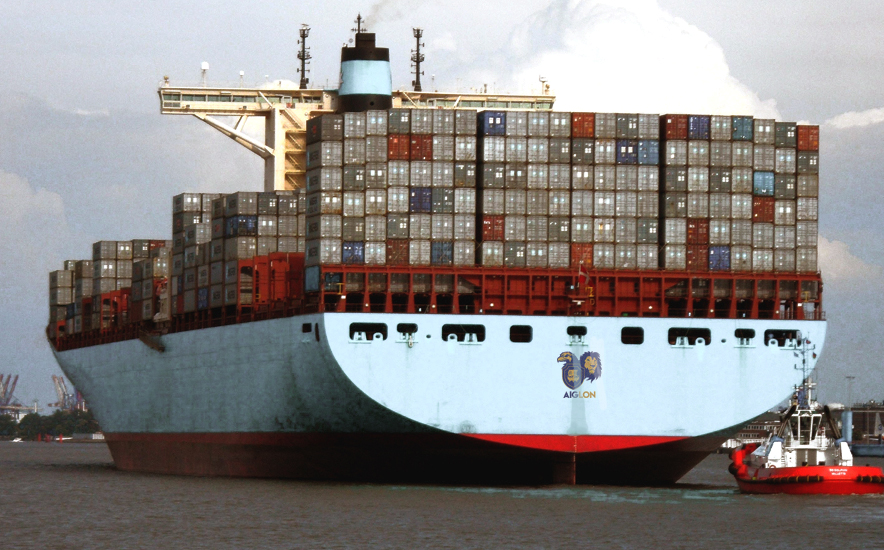Nearly all merchant ships use oil in some form for their main engines and for generating electricity. Fuel costs are a major element of the running costs of a ship.
When consumption is measured in tens of tons per day the saving on a four-week voyage can be considerable. This can lead to increased profitability for the shipping company and/or a reduction in freight rates which will act to boost the amount of cargo carried. On the contrary, higher oil price translates into high operating cost which, if not accompanied by a proportionate rise in freight rates, will eat into the margins of shipping companies.
High bunker prices will also drive liner operators to reschedule their services on certain trades as they will not be able to sustain a high level of service due to rising bunker cost, and this in turn will affect container fleet productivity. Shipping lines, even large ones, will introduce bunker adjustment factor to spread the cost and risk of rising oil prices to their customers.
As an indirect consequence, almost always, the rise in oil price will be followed by increases in the price of many raw materials, goods and services transported by ships. This will lead to consumers spending more carefully and cutting down demand for various raw materials and goods.
Changes in the price of oil and its derivatives have a considerable impact on the shipping industry. A considerable increase in oil prices increases maintenance and transport costs. In sum, the prices of products and goods transported will increase what will affect the behavior of the consumer.
The latter will reduce its consumption, which, in turn, could have an impact on shipping industry.
The shipping industry is undoubtedly exposed to these variations in oil prices.

